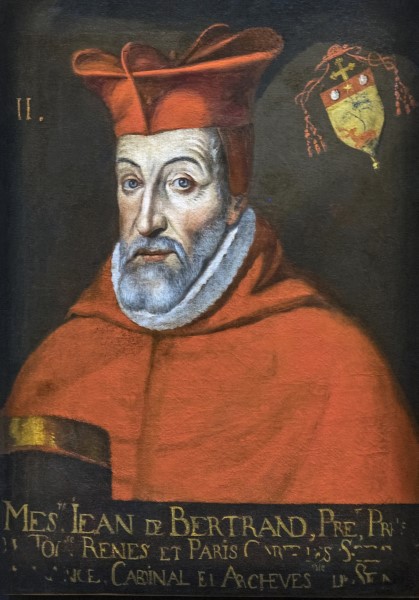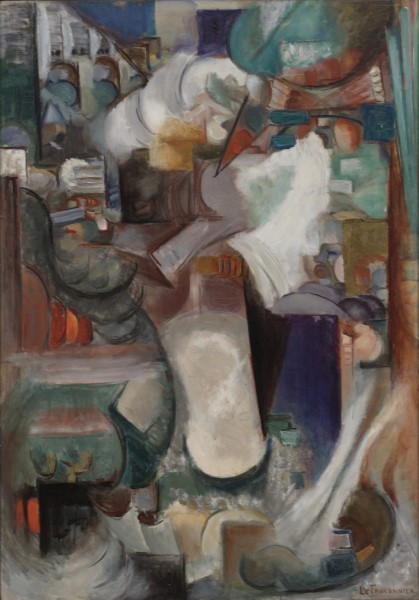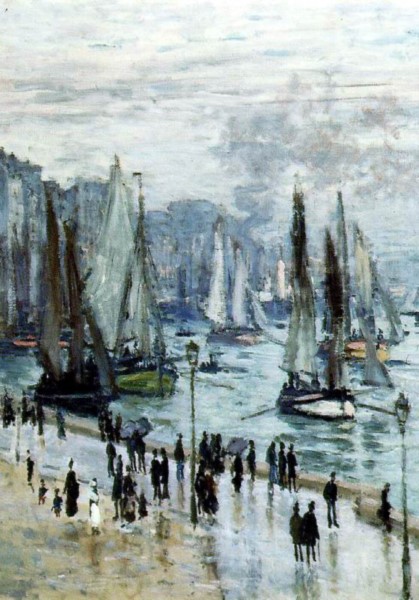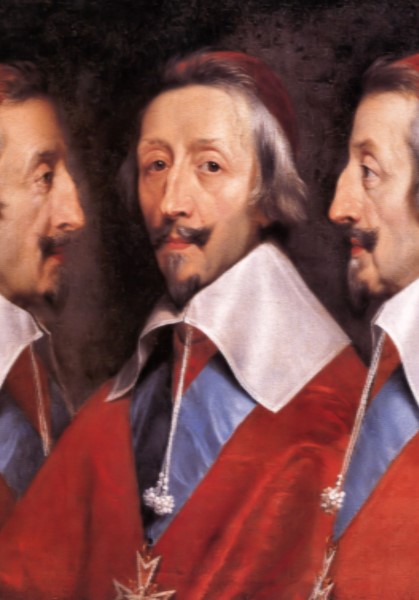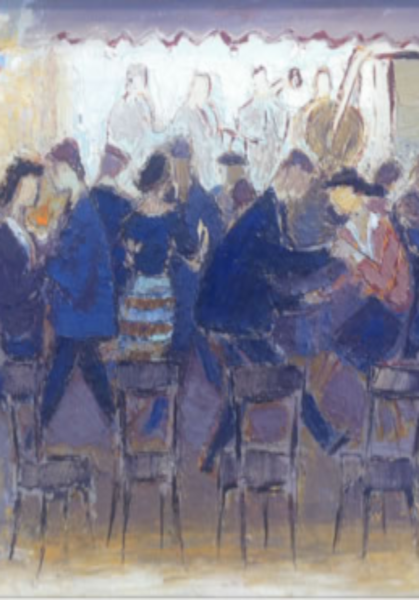Howard G. Brown, Binghamton University (SUNY)
The final panelist in our Napoleon Forum is Howard G. Brown, Associate Professor of History and Director of Graduate Studies in History at Binghamton University, State University of New York. Among Dr. Brown’s publications are War, Revolution, and the Bureaucratic State: The Politics of Army Administration in France, 1791-1799 (Oxford: Clarendon Press, 1995). He currently is completing a book entitled “Ending the French Revolution: Violence, Justice and Repression, 1795-1802.” Dr. Brown organized, with Dr. Judith Miller of Emory University, an international symposium entitled “The Impossible Settlement: Problems of a New Order in Post-Revolutionary France,” A Symposium to Mark the Bicentennial of Napoleon’s Seizure of Power, Atlanta, November 12-13, 1999.
___________________________________________________________________
It is imprudent to claim that historians have reached a consensus on something. Nonetheless, Napoleon Bonaparte’s historical significance has several aspects that are generally accepted. Oddly, these accord with Napoleon’s own image of himself cultivated during his years in exile. Most importantly, Napoleon shaped his own image into a legend by focusing on military genius and charismatic leadership. Although historians work hard to prevent geniuses from proliferating, they agree that Napoleon was one of the greatest military commanders of all time (even though his innovations were limited). The importance of his powerful presence, whether in private or public, has never been questioned, making him an archetype of Max Weber’s “charismatic authority.” Napoleon also presented himself as a latter-day Justinian and self-conscious modernizer. Here too, historians find little to quarrel about. Louis Bergeron called him “the last of the enlightened despots or the prophet of the modern state”;[1] François Furet dubbed him “the Louis XIV of the democratic state.”[2] All of this agreement between Napoleon and historians confirms a final point of consensus: Napoleon was a master propagandist.
However, there are other areas where Napoleon’s image of himself and historical scholarship are profoundly at odds and have been for a long time. One of these is his relationship to the French Revolution; another is his legacy in French politics. Both aspects are old chestnuts of Napoleonic historiography. However, they take on freshness when the coup d’état of 18 Brumaire Year VIII is removed from the pantheon of Napoleonic events and demythologized as a point of rupture.
Simply marking the bicentennial of Napoleon Bonaparte’s seizure of power raises suspicions about one’s political values. The coup d’état of 18 Brumaire has become synonymous with an authoritarian reaction against republican democracy. This is due in large part to later struggles over republicanism in France, especially Napoleon III’s massive repression of 1851 and Marx’s analysis of it. However, the events of 18-19 Brumaire Year VIII do not merit the historical significance bestowed upon them. True, this sordid affair brought a general to power and, true, Bonaparte soon became Napoleon, a thoroughly machiavellian prince running a new model empire. But Brumaire should not be used as historical shorthand for the transition from democracy to dictatorship. Both the demise of democracy and Bonaparte’s role in it cannot be confined to the coup and the Consulate.
Napoleon Bonaparte was able to become Emperor because his personal ambition before and after Brumaire served as a catalyst in the emergence and consolidation of “liberal authoritarianism,” the political praxis that dominated nineteenth-century France. This concept of “liberal authoritarianism” is a triple entendre intended to express 1) the limits the liberal (i.e. rights based and constitutionally defined) legal system placed on the powerful police apparatus created after 1793, 2) the French state’s repeated recourse to a liberal (i.e. heavy) use of armed force to resolve socio-political crises, 3) the support supposed liberals (i.e. the representatives of the social and political juste milieu) generally accorded to these contradictory aspects of governance throughout the nineteenth century.[3]
The tortuous journey from a bloody reign of virtue to an even bloodier reign of military prowess should be divided into three phases: 1794-1797; 1797-1802; 1802-1814. This is an unconventional periodization which relegates both the start and end of the Directory to secondary significance. It has the virtue, however, of better marking the stages in the collapse of the revolutionary imaginary and the rise of “liberal authoritarianism,” the Napoleonic era’s most important historical legacy.
The first phase could be called the Thermidorian years. They ran roughly from the overthrow of Robespierre in the summer of 1794 to the defeat of domestic royalism in the autumn of 1797. These years were dominated by continuous warfare, vigilante violence, and economic chaos. They also witnessed a desperate struggle to define the nature of republican democracy and the political elite it would generate. Populist democracy disappeared quickly, the sans-culottes and Babeuf notwithstanding. On the other hand, only a good deal of royalist bungling and some timely interventions by the army prevented a ground swell of anti-jacobin reaction from bringing down the fledgling republic. Bonaparte’s ruthless “whiff of grapeshot” preserved the Thermidorians in power and ironically made him midwife to the Directorial regime. Later his army’s published threats to intervene in domestic politics encouraged a triumvirate of hardliners in the new government to use military force to end the royalist threat of 1797. The coup d’état of 18 Fructidor V (September 1797) ostensibly saved the Republic but crippled its political legitimacy.
Bonaparte’s victories in Italy in 1796-97 had a similar duality. They gave the republic some much needed prestige, but their detrimental effects were more significant and longer lasting. The money he sent back to France was a tiny fraction of the annual budget and his victories did nothing to lessen the anti-republican landslide in the elections of spring 1797. Furthermore, in order to turn the preliminaries of Leoben (April 1797) into the Peace of Campoformio (October 1797), he had to threaten Austria with renewed attack, which could only be done by stripping southern France of regular army units. This once again plunged the Midi into factional violence, proving that the Thermidorians and the Constitution of Year III were incapable of ending the Revolution. Such manifest domestic weakness prevented the Directory from rejecting Campoformio–essentially a replacement of the Republic’s priorities (natural frontiers) by those of Bonaparte (a satrapy in Italy)–and so forced it to live with an inherently unstable settlement. Thus Bonaparte was deeply implicated in compromising the regime both at home and abroad.
The second phase extended from Fructidor V to the Constitution of year X. It was characterized by renewed warfare, a continual erosion of democracy, the elimination of Jacobinism, and a steady increase in authoritarianism. Bonaparte contributed more than anyone else to the reckless extension of French power that provoked the war of the second coalition. His army’s absence in Egypt ensured that a renewal of warfare soon became a national emergency and led directly to the “Jacobin hundred days”[4] of 1799. In the meantime, he had helped to create a dangerous national thirst for military glory.
Contrasting the Directory and the Consulate is a cliché of Bonapartist and republican historiography alike. However, it was Fructidor, and not Brumaire, which turned the page on representative democracy and the rule of law, and it was the Consulate for Life, not the Imperial coronation, which closed the book. After Fructidor the Directory made frequent use of its arbitrary powers. Selectively nullifying elections and disfranchising former nobles belied the regime’s democratic claims. The Second Directory sacked and replaced so many elected officials that the Consulate’s transition to appointed prefects, judges and mayors appeared to be little more than streamlining an already undemocratic system of local administration. How much did it matter when rigged plebiscites replaced election tampering and electoral lists took the place of exclusionary laws? How much freedom of the press was really left when Bonaparte stifled it in 1800?
Just as republican historians failed to describe the comatose state of democracy before the Consulate nailed the coffin shut, Bonapartist historians emphasized the Consulate’s return to law and order without acknowledging the Directory’s preparatory work. The endemic lawlessness of rural France was not ended by an ecumenical choice of officials or the reopening of churches, alone; it was quashed by ruthless repression. The Fructidor coup began this process. Military commissions tried at least a thousand people as émigrés and summarily executed 275 of them. By Brumaire over 200 cities, towns and villages had been put under a form of martial law known as a “state of siege.” Starting in January 1798, military courts tried hundreds of civilians accused of highway robbery or housebreaking. Mobile military commissions attached to flying columns followed in early 1801 in order to break the back of brigandage in the west and south. Once the balance of fear had tipped in the state’s favor, Special Tribunals were created to ensure that the regular criminal courts would not be “corrupted” by sympathy or intimidation. Between 1797 and 1802 the gendarmerie doubled in size and public prosecutors gained considerable investigative powers. In the process, France became a “security state.” Eliminating representative democracy and fortifying criminal justice went hand in hand with a vast administrative analysis of society that gave the state an unprecedented ability to chart social change, and thereby respond more effectively to it. Thus local communities became enmeshed in the security state, at first through repression and then through supervision.[5] The revolution turned subjects into citizens; the security state turned citizens into administrés.
The Thermidorian years convinced the republican elite that genuine democracy was not yet viable in France. The turn to liberal authoritarianism occurred in 1797 and by 1802 the security state was in place. Only after the power of the post-revolutionary notability had been solidified was the Revolution truly over. The Constitution of Year X completed this process by restricting political participation to les plus imposés. The state’s basis of legitimacy had shifted from providing access to politics to providing security and social stability.
During the third phase from 1802 to 1814 France experienced the truly Napoleonic years. The transition from first Consul for Life to Emperor was more a matter of style than substance. This was the age of personal grandeur, an essentially ephemeral period dominated by egomania. The Civil Code had already been written, if not enacted, and creating the Imperial nobility was a gratuitous indulgence after the Légion d’honneur. Conscription had been thoroughly ensconced before perpetual warfare began in 1803. Napoleon’s legend rests on his European conquests. However, once he consolidated his power in France, and turned the Bonapartes into a “gangster dynasty”[6] ruling Europe, his personality made defeat by a coalition of powers utterly inevitable. The Napoleonic legend was not the Napoleonic legacy, and the central part of that legacy–liberal authoritarianism–was not really his, but that of the post-revolutionary notability.
NOTES:
[1] L’épisode napoléonienne: aspects intérieurs, 1799-1815 (Paris, 1972), 8. [2] Dictionnaire critique de la Révolution française (Paris, 1988), 224. [3] For a fuller explanation of “liberal authoritarianism” and its place inthe longue durée, see Howard G. Brown, “Domestic State Violence:
Repression from the Croquants to the Commune,” The Historical Journal 42
(Sept. 1999). [4] J-P Bertaud, Bonaparte prend le pouvoir (Paris, 1987), 120. [5] This concept is more fully developed in Howard G. Brown, “From Organic
Society to Security State: the War on Brigandage in France, 1797-1802,”
Journal of Modern History, 69 (1997): 692-4. [6] Richard C. Cobb, The Police and the People: French Popular Protest,
1789-1820 (Oxford, 1970), 197.
Copyright 1999, H-France and Howard G. Brown
